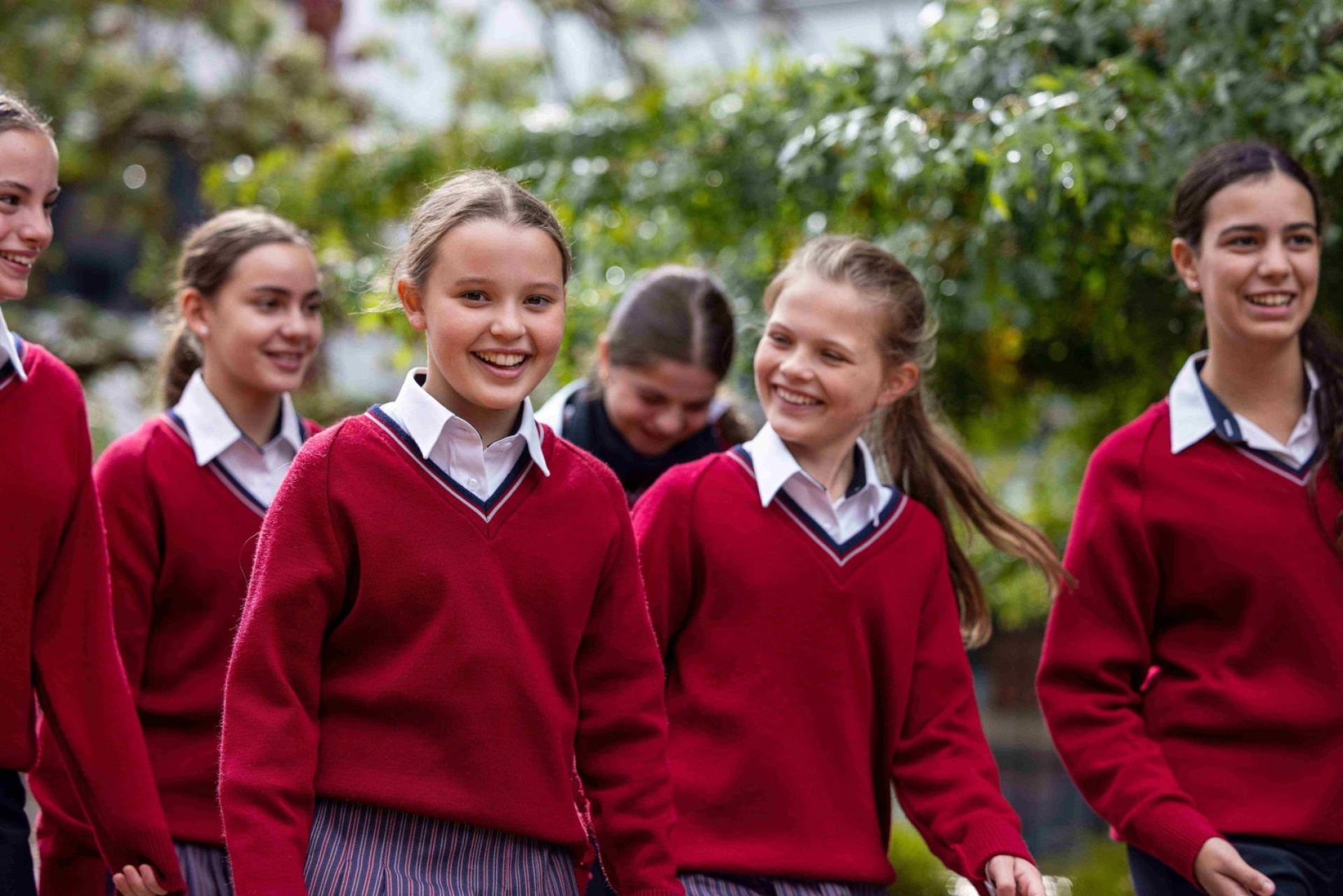The Humanities teaching team is ever conscious of constructing learning activities that are engaging, curriculum-aligned and relevant to our cohort of young, inquiring minds.
We have a mandate to ‘know the content and how to teach it,’ according to AITSL standards, but more than this, we have a fundamental role to shine a light over our students’ world as they prepare to be global citizens.
Enter the Year 8 Geographical unit, ‘Landforms and Landscapes’.
Many 13 and 14-year-old students gasp with delight when introduced to a unit about rivers, mountains, deserts, coastal regions and the geomorphic processes that act to produce them! Some do not! Indeed, it is part of our job to get them enthused and interested in all aspects of the curriculum, but sometimes a case study about rocks and rills is not nearly as enthralling as a world of online animated antics.
The teaching team felt that our ‘Landforms and Landscapes’ unit required a makeover. We needed to keep the academic rigour and the adherence to curriculum content, all the while thinking about how to engage our young people in learning about their fascinating geographical world.
Using backward design, we conjured a task that would showcase students’ creative thinking and ability to synthesise information. Along the way to fulfilling this task, Year 8 Landscapers and Landformers would be explicitly taught from the curriculum and unpack the skills needed to succeed, but they would ultimately have some choice in the outcome of their project.
Each Year 8 geographer produced a picture book, weaving together facts, a narrative and original artwork about their chosen landform or landscape. The activity required students to think critically about what elements they felt were important enough to include in their story, and express themselves creatively as they crafted their tale.
Our teaching team were stunned and delighted by the outcomes achieved in Term 2 Humanities. Many of our Year 8 geographers were suitably proud of their learning and final products, so much so that they asked teachers not to mark their books with annotations and feedback! It was a fantastic effort from our critical and creative thinkers!
We were also able to work in a visit to the Melbourne Museum, made doubly relevant as this same cohort were learning about rocks and minerals in Science during this particular term. So although we think that online animated antics may occasionally distract the learners in our care, it is the ‘solid’ reliability of landforms and landscapes, peppered with the ‘ore’ about rocks and minerals, that really ‘pebbles’ the ‘lava’ for learning.




